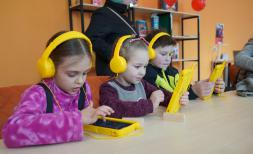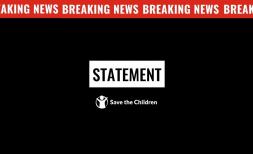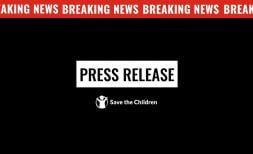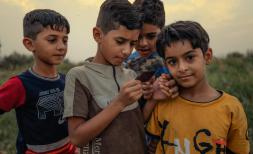Yemen: 60% of children whose school came under attack have not returned to education
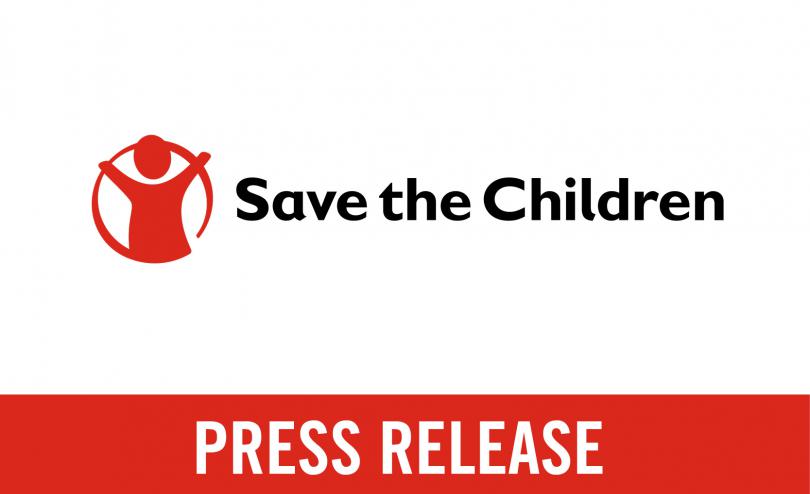
25 October 2021 — More than 60% of children surveyed in Yemen did not return to the classroom last year after their schools came under attack, according to a new Save the Children report.
One out of five children surveyed also reported facing a security incident on their way to school that put their life at risk and their education in jeopardy. These incidents include kidnappings or attempted kidnappings, escalating violence, and harassment by strangers.
The figures are disclosed in Save the Children’s new report ‘Will I see my children again?’ released during the 4th International Conference on the Safe Schools Declaration taking place from 25-27 October to protect education during armed conflict.
“When we are at school, we hear explosions. We run inside the school and when they finish, we go out again to play. One of my friends got injured in one of the explosions,” said Omar*, 8.
In the past five years, more than 460 schools have been attacked, including caught in crossfire. More than 2,500 schools have been damaged, used as collective shelters for displaced families, or occupied by armed groups, resulting in 400,000 children being forced out of school. [2]
Around 45% of children reported observing some form of military presence on their way to or from school. This is particularly worrying as nearly 90% of children surveyed said they walk to school every day.
Lamia, 30, is a teacher in Taiz, where escalating violence resulted in several school attacks in March.
“The situation here is quite worrying. The armed groups are walking around confidently 24/7, and the students see it every day. At any point, we expect shooting, and it often happens around the gate as the armed men made this school a military target. This puts children in grave danger. They have even stolen building materials; we are studying in fear.”
Save the Children’s Yemen Country Director, Xavier Joubert, said:
“The children we spoke to paint a very bleak picture. Schools should be safe havens and not zones of war. Roofs penetrated by artillery, half demolished walls and classes reduced to rubble is what school means for many students in Yemen.
“Often classes are taking place under the sounds of warplanes or the burning sun in a makeshift tent somewhere in a displacement camp. For some children, school is where they have lost their friends or got injured themselves, so many children don’t feel safe walking to school or continuing to study.
“The war has reversed decades of educational gains for Yemeni children. We cannot afford to allow children’s education to be further jeopardised. Children are the future of this country, and we need to make sure that their education is protected.”
Children who have fled their homes due to violence are less likely to return to school compared to other children. Nearly 75% of displaced children reported that schools in their hometowns came under attack, with more than 40% of the schools reportedly suspending classes for more than a year. Many of these children now live in displacement camps where they have no access to education. [2]
Even in areas where schools are undamaged, fear of attacks and the recruitment of children at school discourage parents from sending their children to classes.
Save the Children is urging all parties to the conflict to cease attacks against schools, de-militarise schools, protect children in times of armed conflict, and guarantee humanitarian access so children can access education safely.
The organisation is also calling for participants and international donors at the Safe Schools Conference to support emergency education interventions so Yemeni children can rebuild their future.
“You won’t be able to find a single person who lives here who has not been harmed," said Salem, 50, a guidance counsellor in a school that was attacked in Sa’ada. “We are living in a constant state of fear and anxiety."
ENDS
*Name changed to protect identity
Notes to the Editor:
- Save the Children’s new report titled ‘Will I see my children again?’ is informed by an assessment conducted in 2020 by Save the Children’s partner Mwatana for Human Rights. This is the first time the findings have been used. The research sample covered 400 students from 137 primary, preparatory and secondary schools in nine governorates: Taiz, Sanaa (the governorate), Hudeidah, Aden, Abyan, Dhale, Hajjah. Saada, and the capital, Sanaa. The study also covered three groups of interest, including 100 displaced students, 100 students who dropped out of school, and 100 teachers, all within the same geographic distribution. The sampling of the study does not provide data that is representative of the whole of Yemen.
- The Safe Schools Declaration is an inter-governmental political commitment to protect students, teachers, schools, and universities from the worst effects of armed conflict. From 25-27 October, the 4th International Conference on the Safe Schools Declaration is taking place to increase support for the Declaration and review progress in achieving its commitments.
- [1] UNICEF, “Education disrupted: Impact of conflict on children’s education in Yemen”, July 2021
- [2] https://www.unicef.org/yemen/media/5546/file/EDUCATION%20DISRUPTED%20Report.pdf
Save the Children has been operating in Yemen since 1963 and has education intervention in 9 governorates through five field offices along the western edge of the country, including: Sa’ada, Hajjah, Amran, Sana’a, Ibb, Taiz, Lahj, Aden and Al-Dalah.
For further enquiries please contact:
Samantha Halyk, Samantha.Halyk@savethechildren.org;
Amjad Yamin, Amjad.Yamin@savethechildren.org;
Our media out of hours (BST) contact is media@savethechildren.org.uk / +44(0)7831 650409
